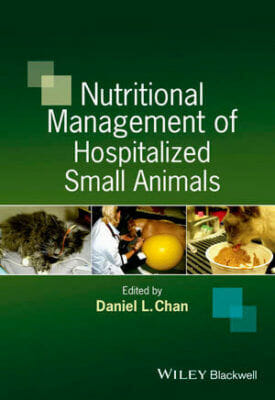
By Robin Saar and Sarah Dodd
Small Animal Microbiomes and Nutrition offers new perspective on the prevention and treatment of common health conditions in dogs and cats that arise from or result in dysbiosis of the body’s microbiomes, along with providing alternative first-line solutions of utilizing nutrients—less invasive procedures in comparison to prescription drugs to treat dysbiosis in the body’s microbiomes. This practical manual guides the reader through body systems that are commonly influenced by the microbiota in the microbiomes as well as accompanying dietary recommendations.
Initially, an overview of the body’s microbiome including common terminology and functions of microbiomes precede the chapters on development of the body’s microbiomes and factors influencing their diversity and density. The following three sections provide readers with a different perspective of commonly observed health conditions by focusing on the state of the microbiome and how the condition may be prevented and/or treated with the use of nutrients.
Small Animal Microbiomes and Nutrition is an essential resource for students completing companion animal health courses in two- and four-year programs, particularly those in veterinary technology, veterinary technician, and animal health technology diplomas and degrees, and it is also highly useful for students in other veterinary and animal science focused programs. Additionally, this book is essential in veterinary practices as a reference guide to support the transition into the utilization of microbiome medicine.
Written by a highly qualified author with significant experience in the field.

This Book is Available For Premium Members Only













![Ettinger’s Textbook of Veterinary Internal Medicine 9th Edition [PDF+Videos] Ettinger’s Textbook of Veterinary Internal Medicine 9th Edition [True PDF+Videos]](https://www.vet-ebooks.com/wp-content/uploads/2024/10/ettingers-textbook-of-veterinary-internal-medicine-9th-edition-100x70.jpg)
![Textbook of Veterinary Diagnostic Radiology 8th Edition [PDF+Videos+Quizzes] Thrall’s Textbook of Veterinary Diagnostic Radiology, 8th edition PDF](https://www.vet-ebooks.com/wp-content/uploads/2019/09/textbook-of-veterinary-diagnostic-radiology-8th-edition-100x70.jpg)






